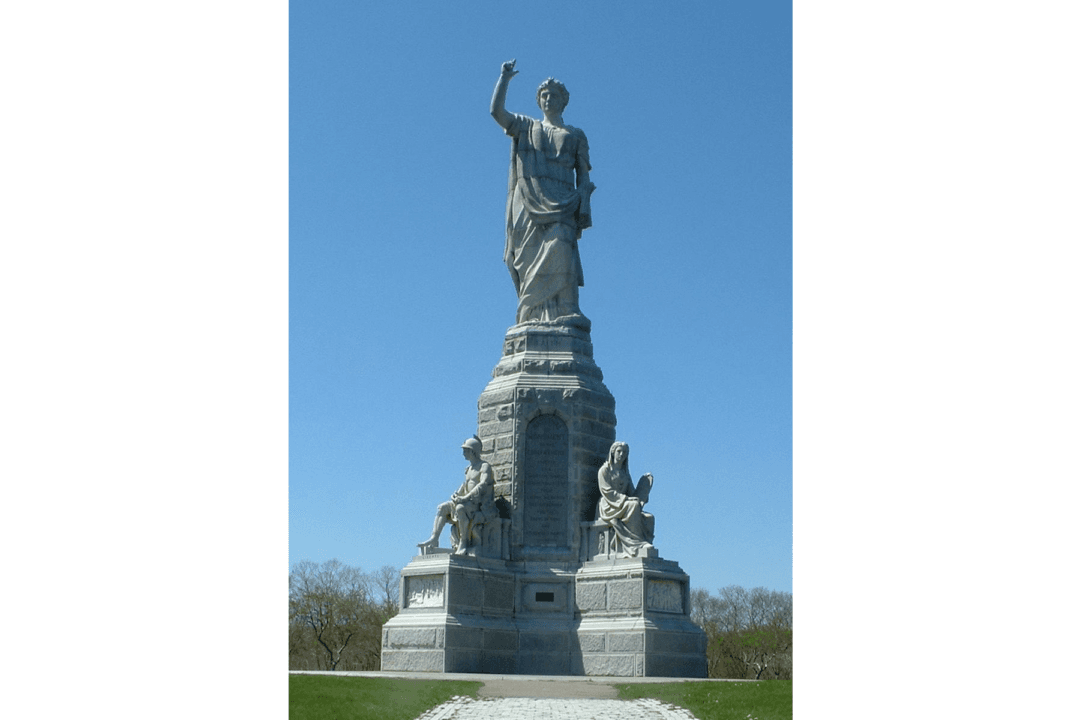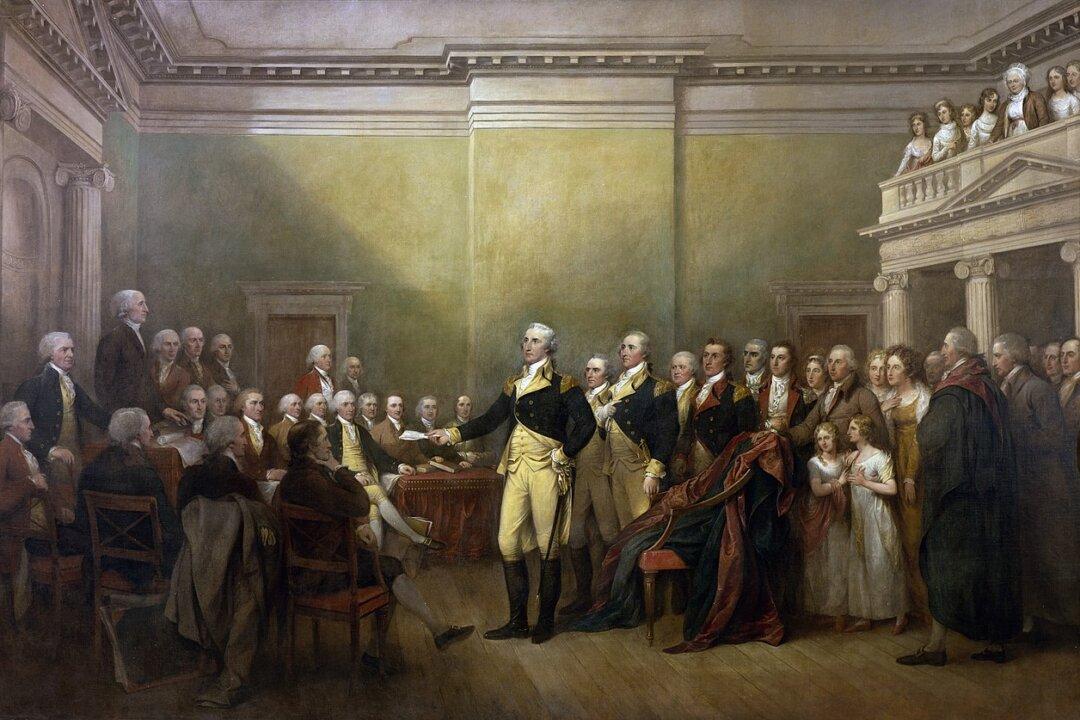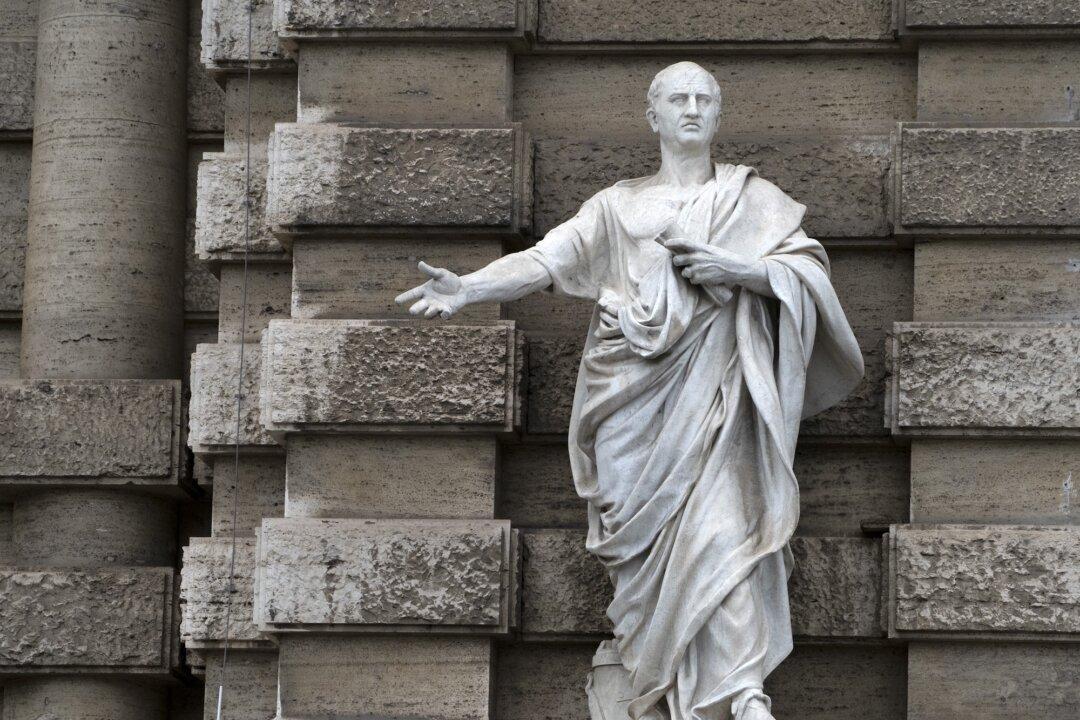Commentary
One hundred and thirty-five years ago, the Pilgrim Society erected a gigantic 81-foot-tall granite monument on a hill in Plymouth, Massachusetts, visible to every ship sailing into Cape Cod Bay. However, while the monument still stands, it is barely noticed, and few even know it exists. What happened?





